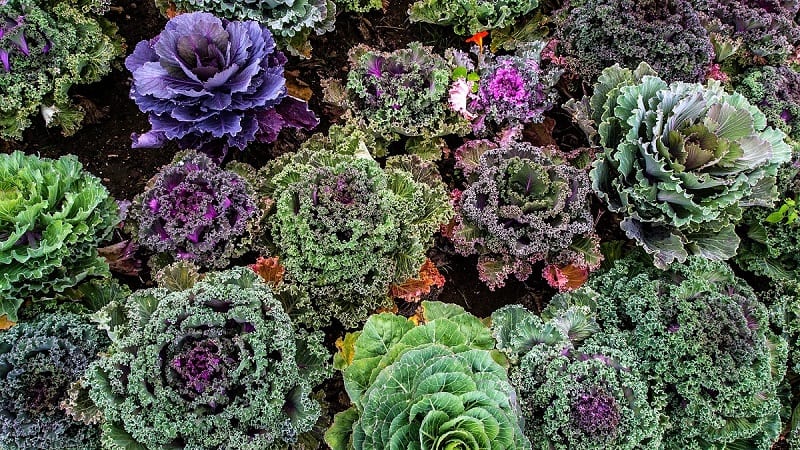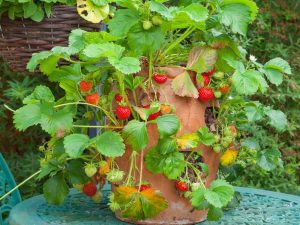Last Updated on August 31, 2020 by teamobn
Kale has become increasingly popular over the past few years, mainly because people have begun to discover what it brings to the table. The remarkably hardy kale is rich in fiber, minerals, and packed with Vitamin K, Vitamin A, and Vitamin C.
The vegetable will grow just about anywhere, as well. You
can grow this cool-season vegetable in the tropics just as easily as in the far
north.

Growing Kale
Contents
You plant kale once and it yields a harvest of fresh greens all year. You can also plant in succession to enjoy an extended harvest.
Kale varieties offer a choice of frothy, frilled leaves, crinkled leaves, and flatter leaves suitable for both cooking and salads.
When to Plant
In most areas, you can plant kale any time between early spring through early summer; and again, from late summer to early fall. Though kale will produce in warm weather, the vegetable tends to become woody and bitter under such conditions.
You’ll produce delicious greens when you allow the plant to
mature in cool temperatures.

Where to Plant
If you’re planting during the cool season, do so where your
crop will get full sun. If you’re growing during warmer temps, plant in partial
shade. Be sure to work a good amount of organic fertilizer into the top 3 to 4
inches of soil before planting.

How to Plant
Kale requires some room to grow properly. To make the most of the space you have, it’s almost always better to start plants in plug trays or small pots.
Fill the trays or pots with multipurpose potting soil. Tamp it in with your fingertips then make holes about half an inch deep. Sow two seeds per plug or pot, cover, and water. If two seedlings emerge, remove the weaker of the two.
Depending on how soon you plan on planting your kale, you may need to transplant your seedlings in larger containers.
Start moving your plants outside about a week before planting. This will permit them time to acclimatize to the outdoors.

Caring for Kale
Keep the soil moist but well-drained to encourage consistent growth. You should apply compost to your bed every six to eight weeks. Seaweed emulsion will help boost development when used lightly throughout the entire growing season.
Protect young plants with row covers to establish a buffer against unexpected dips in temperature and fend off pests. Pick off unhealthy-looking leaves and keep your plants well-fed with compost and water.
The roots of kale run horizontally from the central stem. To
keep the soil moist and cool, apply straw or grass mulch at the base of your
plants.

Harvesting Kale
You can begin harvesting when the leaves are about the size of your hand. Pick them one by one, starting with the lowest, outermost leaves. You should leave a few of the small central leaves untouched to encourage growth.
In most cases, you’ll be able to harvest from the same plant again in five to seven days, according to Zoe Schaeffer of Good Housekeeping.

Growing kale is easy!
You don’t need to be a seasoned gardener to grow kale. Even the professed black thumb can expect some gardening success with this green. Just three or four plants can supply a family of four with a nice weekly harvest. You don’t even need a backyard.
Kale grows well in containers, too. Simply make sure your pot is at least 12 inches in diameter and use a well-draining potting mix.
Here’s a quick video…








